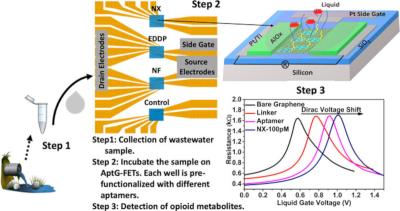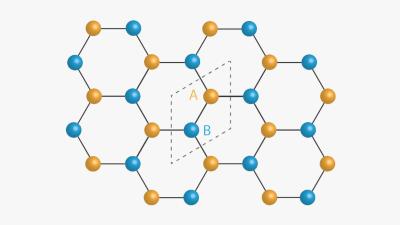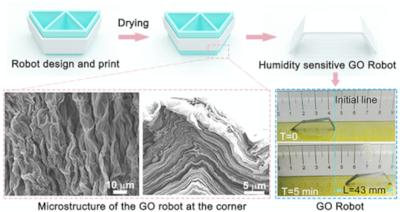Researchers design a graphene-based sensor that can detect opioids in wastewater
Researchers from Boston College, Boston University, and Giner Labs have designed a small graphene-based multiplexed bio-sensor that detects opioid byproducts in wastewater.

The novel device uses graphene-based field effect transistors to detect four different synthetic and natural opioids at once, while shielding them from wastewater’s harsh elements. When a specific opioid metabolite attaches to a molecular probe on the graphene, it changes the electrical charge on the graphene. These signals are easily read electronically for each probe attached to the device.



